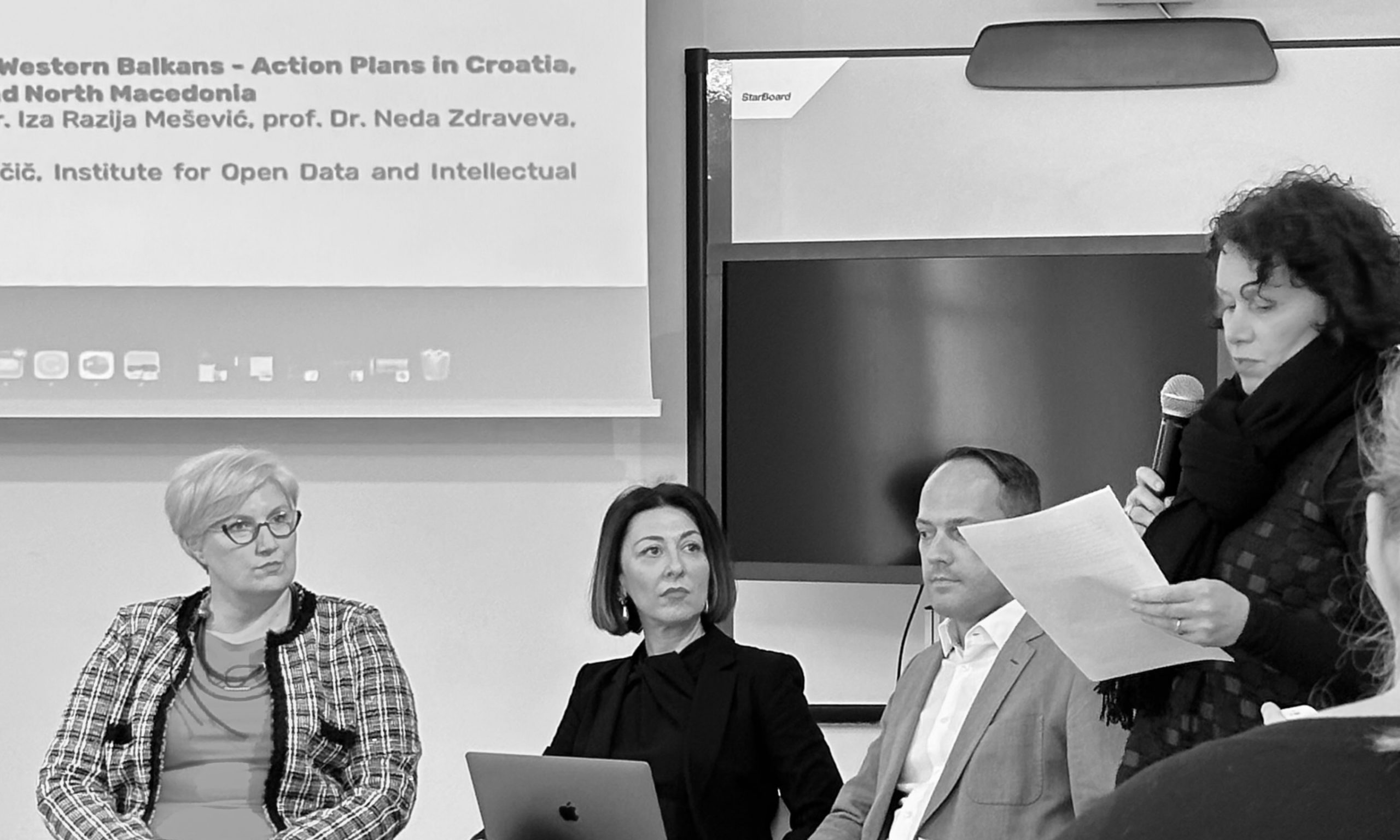Marrakesh Treaty adopted
On 27 June 2013, the Marrakesh Treaty to Facilitate Access to Published Works for Persons Who Are Blind, Visually Impaired, or Otherwise Print Disabled was adopted.
The contracting parties are required to adopt national law provisions that permit the reproduction, distribution and making available of published works in accessible formats with the purpose to make those works accessible to the blind, visually impaired or otherwise print disabled. These exceptions must provide that the works are accessible in alternative forms such as Braille, large print text and audio books.
After the implementation of the treaty into national legislations, the authorized entities will be able to, without the previous authorization of the right holder, create a copy of the work, get the copy of the work in the accessible format by other authorized entities and forward those copies to beneficiaries.
The treaty also enables the cross-border exchange of copyright works. The authorized entities will be able to, without the authorization of the right holder, distribute and make available to the beneficiaries of published works in accessible formats though authorized entities in other member states, under the condition that they themselves distribute to other authorized entities and beneficiaries.
The Slovenian copyright legislation has a copyright exception for persons with disability, but this exception is very narrow and allows the free use of copyright works only in rare cases. The Marrakesh Treaty represents a big milestone in copyright exceptions and limitation, especially for the access of the blind, visually impaired or otherwise print disabled.
The Treaty would unify the exceptions in all the signatories and would facilitate the cooperation between the countries with the possibility of a cross-border exchange of copyright works in accessible formats. With this the blind, visually impaired or otherwise print disabled would get the access to much more works, while the costs of organization of the access would reduce because of the possible exchange.
Also, the protection of copyright works and their right holders would remain as their works will be transferred through authorized entities and only to beneficiaries, therefore reducing the possibility of misuse.
The 4th Open Knowledge Day took place on Tuesday 17 October 2023, with an accompanying workshop on 18 October 2023. This year it was organised by the Open Data and Intellectual Property Institute (ODIPI) and supported by Knowledge Rights 21 (KR21).
We invite you to the fourth Open Knowledge Day and the workshop, which will take place this year within the framework of the programme and with the support of Knowledge Rights 21. The event will bring together experts from different European countries to discuss two topics: the first part will deal with the legal basis for data analytics, which is a key part of machine learning and related artificial intelligence, and the general exception for research. In the second part, open science in theory and practice will be presented both in Slovenia and in some Western Balkan countries. Representatives of research and educational institutions from Slovenia and the Western Balkan countries, as well as interested members of the public, are invited to attend.
Dr. Maja Bogataj Jančič, a renowned expert in copyright law, has joined the Berkman Klein Center for Internet & Society at Harvard University, where she will serve as an affiliate researcher for the next two years.
On Friday, October 6, 2023, the online seminar “Practical Experiences in Resolving Copyrights of Modern Book Works” took place. The seminar addressed relevant questions concerning user access to literary works in digital form.





